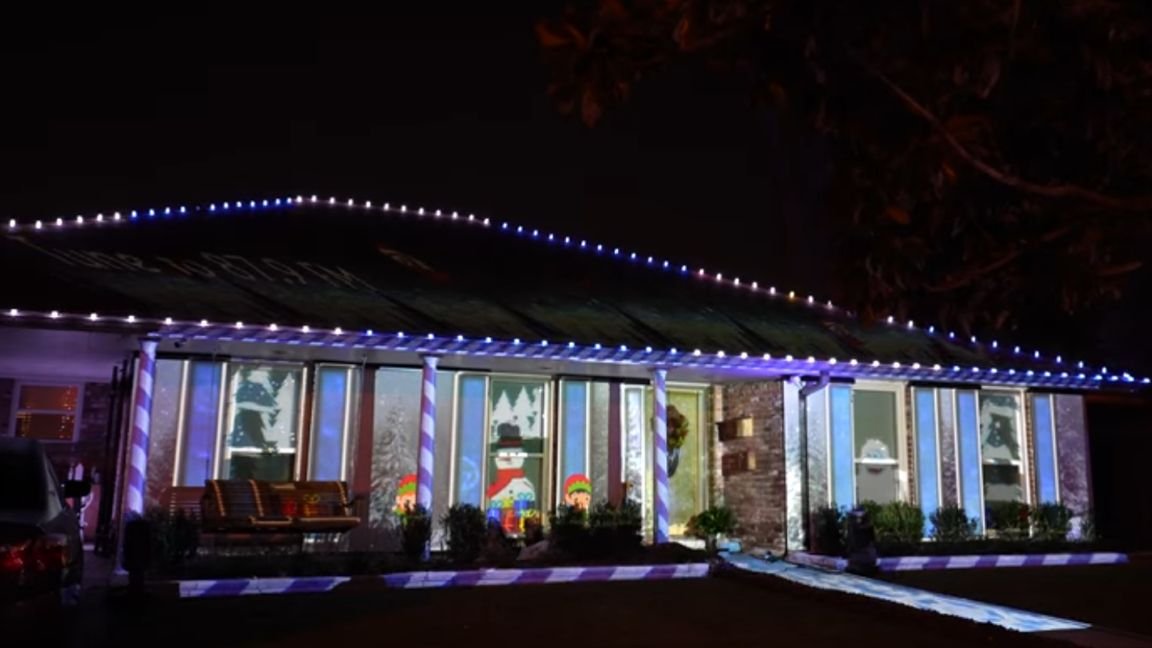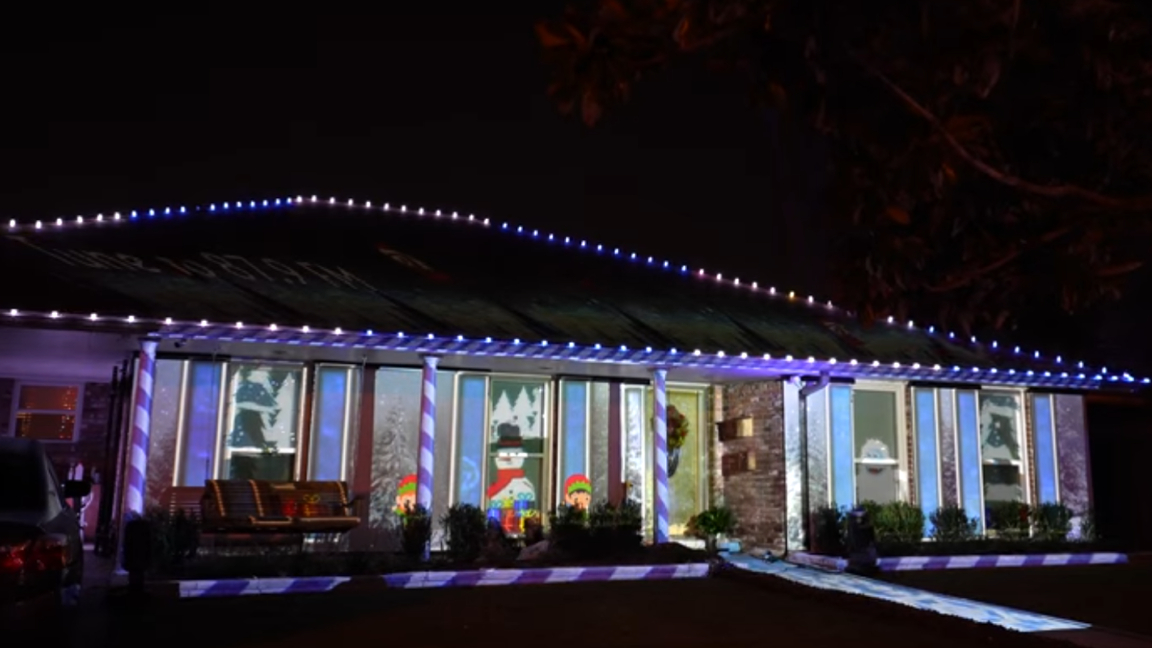When it comes to customizing your Christmas light show, there’s no better board for the job Raspberry Pi. Community support and a host of open source tools make it an ideal choice for many makers who want to design from scratch and have as much control as possible. Today we’re sharing an incredible DIY project created by a YouTube channel break it yourself. With our favorite SBC, they not only decorated their house with a dazzling light show, but they took it a step further by creating a light show throughout the neighborhood!
According to Break It Yourself, they always loved driving around every holiday looking for extravagant light displays and knew it would be something they wanted to do for their home every year as adults. However, it’s always incredible to come across a neighborhood with lots of lights, not just one house. This year the idea is to include 16 houses in a custom coordinated light show.
The Break It Yourself house has its fair share of light features, but the custom LED candy canes he made unify the entire neighborhood. The lights line the edges of everyone’s yards on the block, and as drivers drive down the street, they’re immersed in synchronized lights on both sides. The candy canes communicate wirelessly and are powered by extension cords, so all neighbors really need to provide permission to participate, while Break It Yourself covers all labor and power costs.
Break It Yourself explains that the motherboard that syncs everything is a Raspberry Pi 4. The biggest feature of their home is a powerful projector with custom animations dancing on a series of roller blinds. The shades can also be programmed to automatically raise and lower at night for light shows.
Although we don’t have access to the source code, Break It Yourself does a good job of explaining how everything connects and communicates. We also confirmed that the Raspberry Pi is running falcon player (FPP), an open source tool designed to synchronize LEDs with the Pi as the master controller.
If you want to take a closer look at this Raspberry Pi Project To see it in action and to learn more about its construction, watch the full video here break it yourself YouTube channel.

